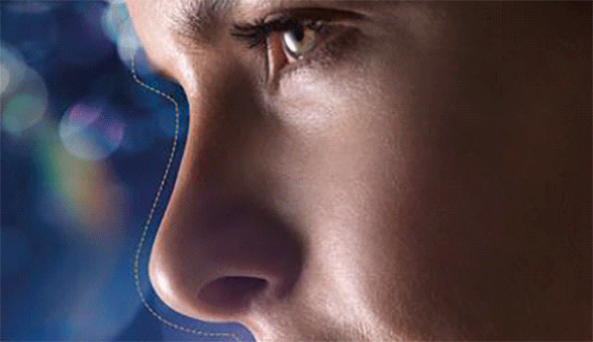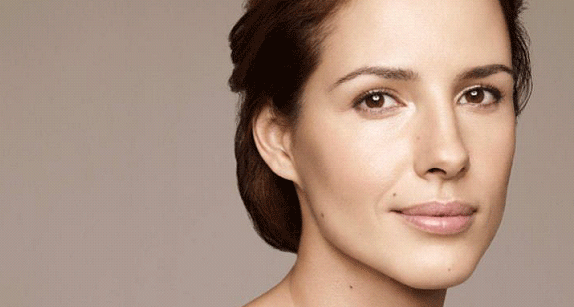A crooked nose, or a nose that is either too big or too small … It should come as no surprise that rhinoplasty is among the most frequently requested aesthetic operations.
The result must be aesthetically perfect, even more so than with other aesthetic interventions. The reason obviously being that the result is written on your face …
The patient and the surgeon must discuss what the patient wishes for, what is technically feasible for the surgeon and what is the most appropriate solution from an aesthetic point of view.
One has to distinguish between functional rhinoplasty and corrective rhinoplasty. The former aims to modify the septum of the nose in order to facilitate the patient’s breathing. The latter strives to alter the morphology of the nose, either at the nasal bone or at the movable cartilage below.
This allows the shape of the nose to be corrected, either by shortening it or by reducing the height and the width, by operating on the two structures of the nose: the bony part and the cartilage.

The intervention will visibly change the face and will alter its harmony. It is important to bear this in mind.
The intervention takes place under general anaesthesia, but a stay in hospital is not needed.
Depending on the modifications that are required, the intervention lasts between one and two hours.

A little bleeding is possible during 24 to 48 hours.
When the shape of the nose is altered, a nose bandage (a steristrip, or a small plastic or plaster plate) must remain in place during 7 days. The moment at which one can resume one’s social or professional life, depends on the period during which one must wear this external bandage, as well as on possible ecchymoses on the eye-lids and the cheeks, which in its turn differs between individual persons.
Small pimples can appear where the bandage has been applied. These can – if needed – be treated by locally applying an ointment.
The sutures do not have to be removed, since the threads in the nose will be resorbed.
The intervention causes no pain, but the nose will be sensitive for about a month. It is therefore important to avoid shocks and movements that can cause harm (such as contact sports, strongly blowing one’s nose, etc.), as well as wearing heavy glasses.
When touching the nose, one can sometimes feel a small unevenness. This is, however, invisible from the outside.
Considering the healing inside of the nose, and even when the first results are excellent, minor correction are required in rare cases.
Erythemata (the skin which locally turns red) or telangiectasie (widening of the small blood-veins, making them visible through the skin) can occur too, especially in the case of re-inclusion of the cartilage.
With persons who have greyish-purple rings under the eyes, there can be an impression that this phenomenon has worsened. In such cases, this part of the face requires extra protection from the sun for a few months.
Perturbation of the sense of smell, mostly transitory is possible but exceptional.